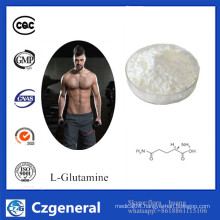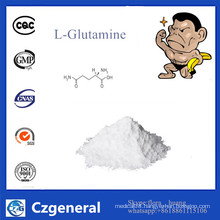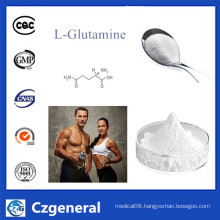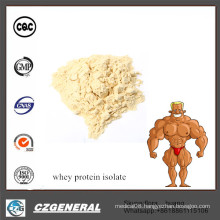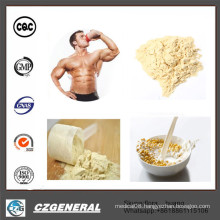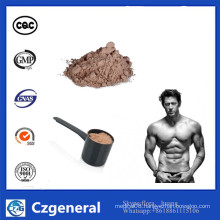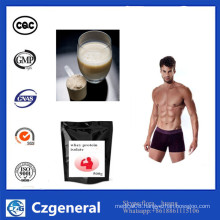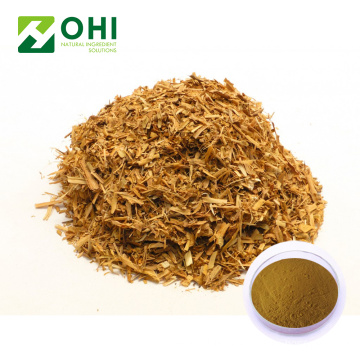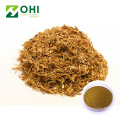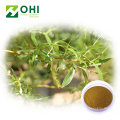White Willow Bark Extract Salicin Powder
Basic Info
Model No.: W002.S98000
Product Description
White Willow Bark Extract Salicin is the extract of the bark of the white willow tree (Salix alba L). The effectiveness of an salix alba bark extract depends largely on salicin. Salicin is an anti-inflammatory agent that is produced in (and named after) willow (Salix) bark, which was used as an analgesic, anti-inflammatory, and antipyretic. The activity of castoreum has been credited to the accumulation of salicin from willow trees in the beaver's diet, which is transformed to salicylic acid and has an action very similar to aspirin. Salicin is closely related in chemical make-up to aspirin.
Basic Information of White Willow Bark Extract
- Name : White Willow Bark Extract
- Latin name:Salix alba L.
- Part used: Bark
- Specfication : 5:1, 10:1, 5%-60% Salicin
- Ingredient: Salicin
- Test methods:HPLC
- Molecular Formula:C13H18O7
- CAS No.:138-52-3
- Molecular Weight:286.27782
- Appearance: brown yellow powder
- Standard: GMP,Kosher,HALAL,ISO9001,HACCP.
The Source
Salix alba (white willow) is a species of willow native to Europe and western and central Asia. The name derives from the white tone to the undersides of the leaves.It is a medium-sized to large deciduous tree growing up to 10–30 m tall, with a trunk up to 1 m diameter and an irregular, often-leaning crown. The bark is grey-brown, and deeply fissured in older trees. The shoots in the typical species are grey-brown to green-brown. The leaves are paler than most Other willows, due to a covering of very fine, silky white hairs, in particular on the underside; they are 5–10 cm long and 0.5–1.5 cm wide. The flowers are produced in catkins in early spring, and pollinated by insects. It is dioecious, with male and female catkins on separate trees; the male catkins are 4–5 cm long, the female catkins 3–4 cm long at pollination, lengthening as the fruit matures. When mature in midsummer, the female catkins comprise numerous small (4 mm) capsules, each containing numerous minute seeds embedded in white down, which aids wind dispersal.
What's Salicin
Salicin is an alcoholic β-glucoside. Salicin is an anti-inflammatory agent that is produced in (and named after) willow (Salix) bark. Salicin is also commonly found in the bark of Populus species, and the leaves of willows and poplars. It is also found in castoreum, which was used as an analgesic, anti-inflammatory, and antipyretic. The activity of castoreum has been credited to the accumulation of salicin from willow trees in the beaver's diet, which is transformed to salicylic acid and has an action very similar to aspirin. Salicin is closely related in chemical make-up to aspirin. When consumed, the acetalic ether bridge is broken down. The two parts of the molecule, glucose and salicyl alcohol, then are metabolized separately. By oxidizing the alcohol function the aromatic part finally is metabolized to salicylic acid. Salicin elicits bitterness like quinine, when consumed. Alkaline cleavage of the glucoside populin produces benzoate and salicin.
Main Function
Hippocrates, Galen, Pliny the Elder and others knew willow bark could ease aches and pains and reduce fevers. It has long been used in Europe and China for the treatment of these conditions. This remedy is also mentioned in texts from ancient Egypt, Sumer, and Assyria. The first "clinical trial" was reported by Reverend Edward Stone, a vicar from Chipping Norton in Oxfordshire, England, in 1763 with a successful treatment of malarial fever with the willow bark. The bark is often macerated in ethanol to produce a tincture.The active extract of the bark, called salicin, after the Latin name Salix, was isolated to its crystalline form in 1828 by Henri Leroux, a French pharmacist, and Raffaele Piria, an Italian chemist, who then succeeded in separating out the acid in its pure state. Salicylic acid, like aspirin, is a chemical derivative of salicin.
Application
- Applied in cosmetics, it can inhibit whelk and relieve swelling and pain.
- Applied in pharmaceutical field, it is mainly used to curing fever, colds and infections.
- Applied in feed additive, it is mainly used as feed additive for diminishing inflammation and promoting digestion.
Don't Miss Your Chance to:
- Get Free Sample;
- Enjoy All-inclusive packages include TDS,COA, MOP, MSDS etc;
- Source the latest innovative products;
- Unconditional refund if unqualified;
- Keep up to date with the latest trends;
- Test and analyze your ingredients free of charge;
- Includes free entry to our trade show.



Product Categories : Active Pharmaceutical Ingredient (API)

